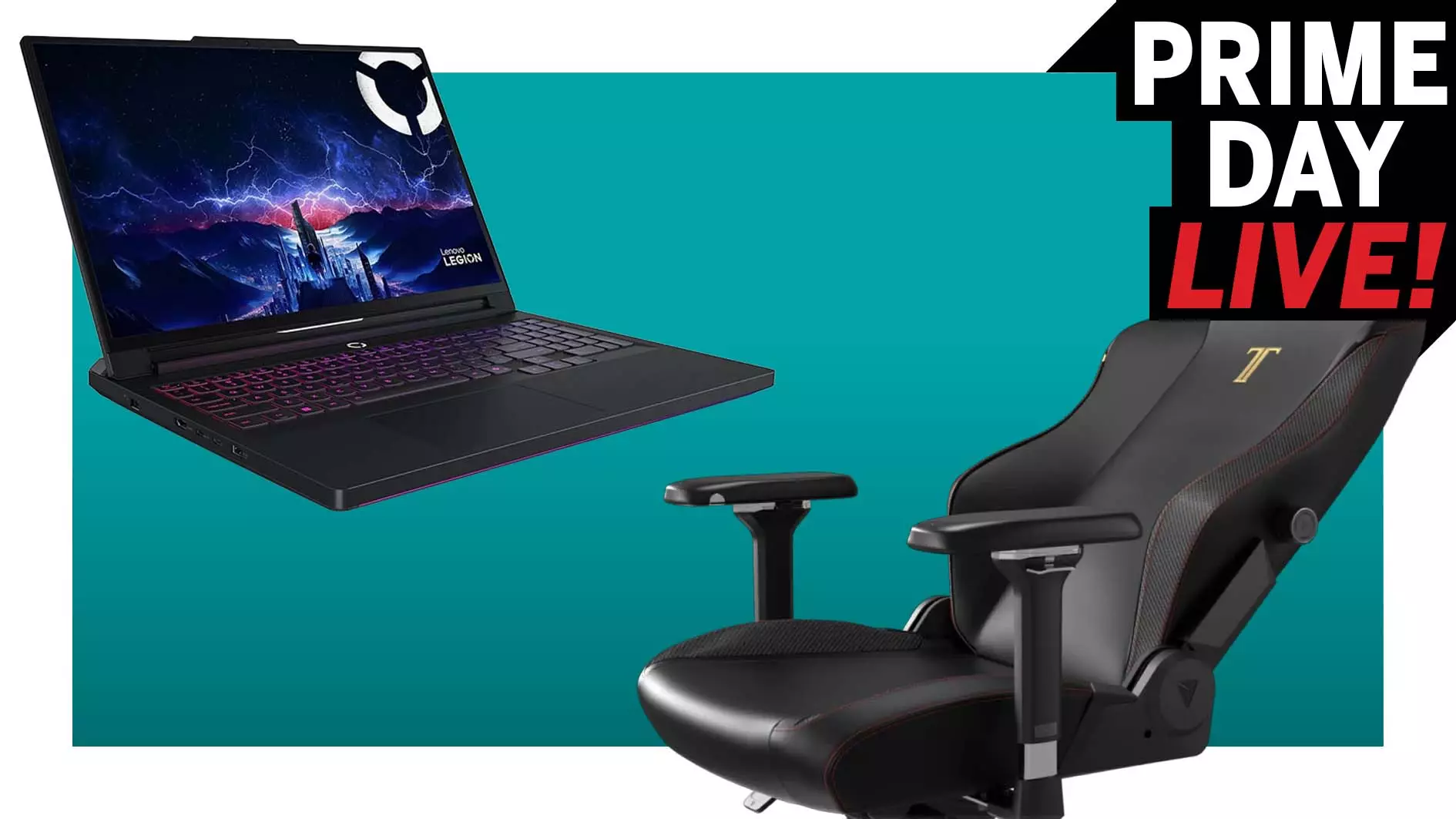The landscape of PC gaming hardware continues to evolve at a remarkable pace, and 2025 has been a pivotal year in making high-performance gaming more accessible. Notably, the Radeon RX 9070’s recent availability at near its original retail price signifies a major shift away from the era of inflated scalper prices. For years, consumers faced the frustration of scarcity, scalping, and overpriced GPUs, which made premium gaming setups seem out of reach. The fact that such a capable graphics card can now be purchased for around $600 signals a healthy correction in the market dynamics, one that prioritizes consumer accessibility. Similar to previous trends, this GPU’s performance approaches that of more expensive counterparts—namely the RX 9070 XT and the RTX 5070 Ti—yet it does so at a fraction of the cost, especially when overclocked. This democratization of power is crucial; it encourages more gamers to build powerful rigs without bankrupting themselves, fostering a more inclusive gaming culture.
Strategic Shifts in Storage Technology Make Waves
Storage devices are also undergoing a transformation, with innovations making a significant impact on everyday users. Crucial’s new P510 PCIe 5.0 SSD exemplifies this breakthrough. Traditionally, PCIe 5.0 SSDs have been prohibitively expensive, offering marginal performance gains that often don’t justify the premium. However, the P510 has broken that mold, delivering incredible read speeds of up to 11,000 MB/s while retailing for just $100 for the 1TB version. This affordability is made possible through the integration of advanced NAND flash memory and a next-generation Phison controller, allowing budget-conscious consumers to access flagship-level speeds. Such developments signify a shift where high-end hardware is no longer a privilege reserved for enthusiasts, but a standard part of mainstream builds—making fast, reliable storage accessible to gamers and creators alike.
Affordability Meets Innovation in SSDs
The SSD market’s latest darling, WD_Black SN7100, further exemplifies this trend of combining performance with budget-conscious pricing. As the successor to the venerable SN850X, this drive offers impressive read speeds, cooling efficiency, and a more accessible price point—currently on sale for just $70 for the 1TB model at Newegg. Its performance upgrades over previous generations make it the ideal choice for those seeking to boost gaming and storage speeds without breaking the bank. Coupled with its affordability, the SN7100 underscores a broader movement: manufacturers are now competing fiercely on price-to-performance ratios, striving to bring premium features to the masses. This enables gamers to upgrade their systems incrementally and enjoy cutting-edge features without the typical premium pricing.
The Consumer-Centric Shift in Market Dynamics
The overall mood coming into 2025 is one of optimism, driven by these market corrections and strategic innovations. Prime Day deals and ongoing sales reinforce the notion that consumers are gaining leverage against inflated prices, with early deals making high-quality peripherals and hardware readily available. Affordable gaming mice, SSDs, and GPUs are no longer pipe dreams—they’re now tangible options on mainstream retail shelves.
This movement toward affordability is also fostering competition, which benefits consumers in the long run. As large tech companies and component manufacturers recognize the demand for high-performance, cost-effective hardware, the industry is compelled to innovate faster and reduce margins on flagship products, leading to better deals and broader access for all levels of gamers.
The convergence of lower prices, improved technology, and a more consumer-centric market indicates that 2025 might herald the beginning of a new era in gaming—one where top-tier performance is no longer the exclusive domain of the elite but a standard accessible to enthusiastic gamers worldwide. For the first time in years, the market has shifted from scarcity-driven inflation to sustainable growth, driven by innovation and genuine consumer demand. It’s an exciting time, and it signals that the future holds not just more powerful hardware but a more inclusive, democratized gaming landscape.

